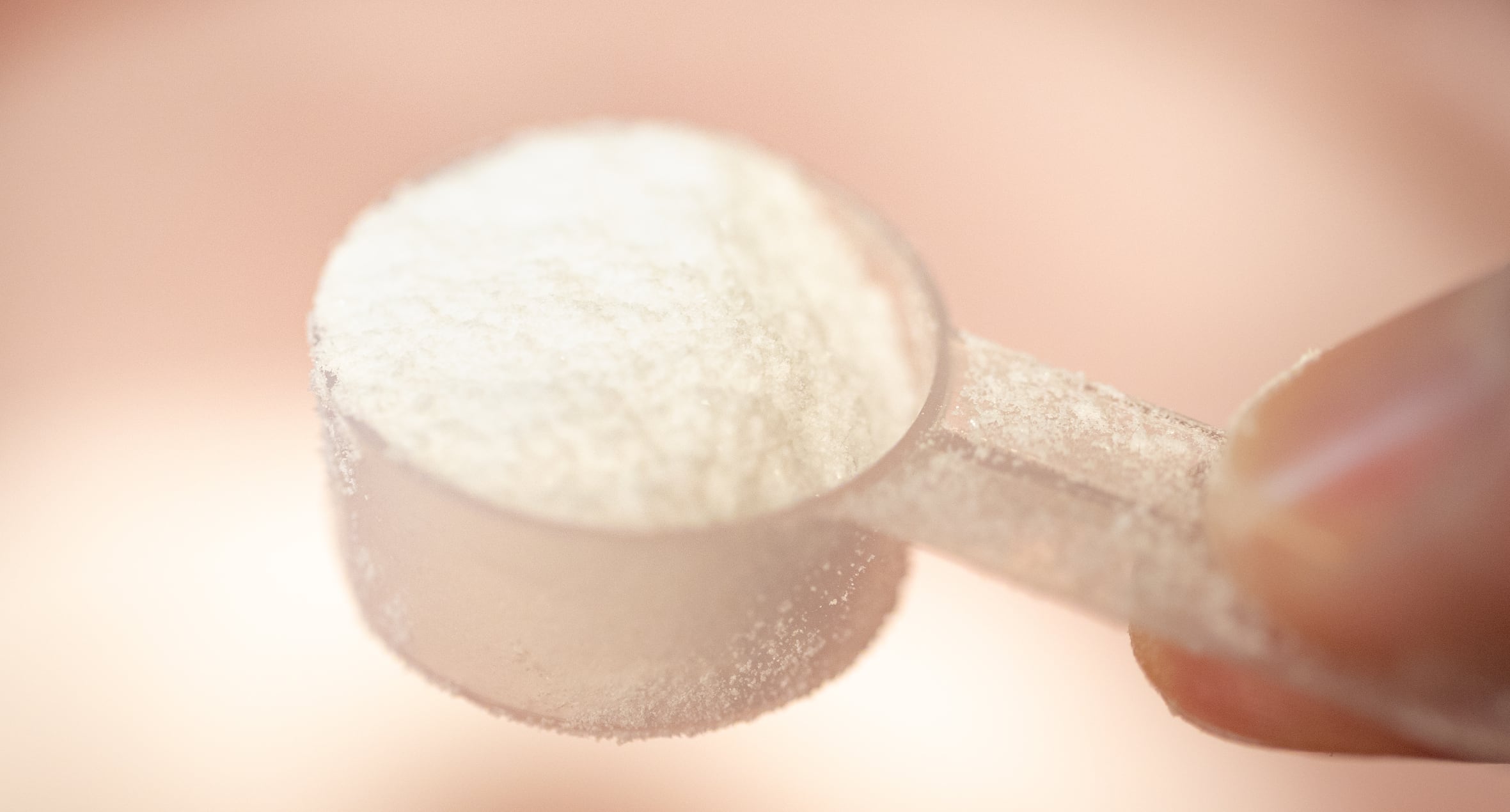The Spanish Agency for Food Safety and Nutrition (AESAN) reviewed micronized creatine monohydrate, produced by chemical synthesis, following an application pursuant to Article 4 of Regulation 2015/2283.
It concluded that, as creatine monohydrate has been consumed in the EU prior to 1997 and micronization does not change its composition, nutritional value or safety, micronized creatine monohydrate is not a novel food and can continue being used in food products without special authorization.
Creatine monohydrate is one of the most established types of creatine in the market, with research supporting its use for athletic performance, muscle health and cognitive function.
The micronized format is already common on the market as it may improve solubility and bioavailability, leading some regulatory experts to speculate on why it is now under assessment.
Why was micronized creatine monohydrate under assessment?
According to Jerome Le Bloch, head of the scientific department at regulatory affairs consultancy Nutraveris, several factors can trigger national authorities to raise questions about whether a food is novel or not.
“An ingredient may be accepted without issue for many years, and then, one day, we may be asked to demonstrate that it is not novel,” he told NutraIngredients.
“This could be because a new assessor at the authority level is reviewing the products. More commonly, however, it results from the ingredient being presented differently, with emphasis on a particular characteristic.”
In this case, Le Bloch explained, the description as “micronized creatine monohydrate” may suggest that a new process is involved, implying that the ingredient is different from standard creatine monohydrate.
Therefore, for those unfamiliar with the market, there is a risk they may interpret it as a new ingredient.
Broader impact
Since AESAN’s decision mirrors the pre-existing, not novel status of creatine monohydrate, which is binding across the EU, companies do not need to worry about varying interpretations across countries.
“This is an official ruling, and if questioned by the authorities, companies should simply refer to this opinion to justify that micronized creatine monohydrate is authorized,” Le Bloch said. “The risk was low, but this provides clarity. It also removes any possibility of the ingredient being classified as novel.
The opinion by AESAN could also have an impact on more than just creatine in the future, given that AESAN decided that a production tweak like micronization did not change the regulatory or safety status of an ingredient, Le Bloch explained.
“AESAN states that ‘micronization does not lead to significant changes in the composition or structure of the food affecting its nutritional value, metabolism or the level of undesirable substances’,” he said.
“This statement could also be applied to other ingredients, provided one can demonstrate that there is no change in composition or structure. This may simplify the process for other ingredients.”
Is Article 4 fit for purpose?
In the EU novel food regulation, Article 4 allows business operators to notify a Member State if they want to place a food ingredient on the market.
It is a consultation as opposed to being legally binding, meaning the Member State gives an opinion on whether the food is considered a novel food or not.
But according to Katia Merten-Lentz, partner at Food Law Science & Partners, the consultation process is “mostly useless,” as businesses should assess novel food status themselves, Member States rarely help, and the process is already public, she said.
“My humble opinion is that generally there is no interest in following this ‘consultation procedure’,” she added. “The food business operator should be able to assess on his own the legal status of his innovative ingredient.
“Either there is no doubt regarding the novel food status, and consequently, the only way to place it on the market is to follow the novel food procedure. Or, there is a doubt because its history of consumption before 1997 cannot be clearly established, but there is a scientific and legal room to still demonstrate a non-novel food status.”
Merten-Lentz noted that she found this specific request surprising, given that the ingredient is already recognized as non-novel, and the micronization process is straightforward.
“It could have gone directly to market, but maybe the applicant was specifically cautious...and found this option as a good ‘strategy’ to freeze access to the market to his competitors,” she said. “However, this is a strange and complicated strategy because it froze the access to the applicant too.”





